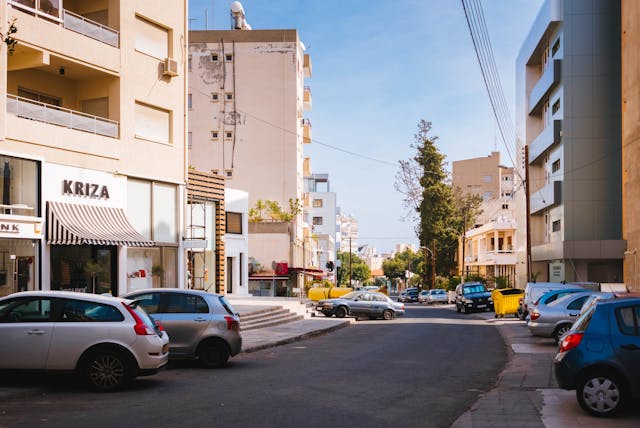Jobs
More than $30 million & 300 jobs lost during 2019 spillway opening, MSU study finds

The 2019 opening of the Bonnet Carré Spillway cost the Mississippi Coast hundreds of jobs and millions of dollars, a scenario likely to repeat itself and endanger a seafood industry that has been vital to the economy and culture, a study from Mississippi State University concludes.
The U.S. Army Corps of Engineers opens the spillway to prevent the Mississippi River from flooding New Orleans. The polluted river water pours into Lake Pontchartrain and, eventually, the Mississippi Sound, lowering salinity to intolerable levels for oysters, shrimp, fish and dolphins. The river, which drains 41% of the continental U.S., is also laden with nutrients from agricultural operations, creating toxic algae blooms and closing Coast waters to fishing and swimming.
“Our research reveals that the spillway openings led to substantial declines in seafood harvests, particularly in the eastern oyster and brown shrimp sectors, resulting in severe economic losses for fishermen and seafood processors,” says the study, authored by five professors for MSU’s National Strategic Planning & Analysis Research Center and Coastal Research & Extension Center.
“The tourism industry, including hotels and charter boat operators, also experienced a downturn as the spillway’s environmental effects disrupted local attractions and deterred visitors.”
The Mississippi Sound Coalition of local governments and member groups commissioned the study. The coalition has been fighting the Army Corps in federal court, with limited success, to reduce harmful impacts to the Mississippi Sound during flood-control operations.
What spillway openings cost MS Coast
The study quantifies the economic losses suffered during the 2019 Bonnet Carré opening, the longest in history:
-
$10.2 million in seafood catches, or landings.
-
316 jobs and $5.3 million in wages.
-
$12.2 million in sales by processors, markets, and other seafood-related businesses.
-
$4 million in tourism revenue.
-
$3 million in wages for workers in tourism and related industries.
-
$3.1 million in state and local tax revenue.
More of the same can be expected from future Bonnet Carré openings, the study says.
More frequent flooding in the last decade means the Bonnet Carré has opened a record number of times and, in 2019, for the longest period in history, 123 days.
“While some local experts believe recovery is possible if there are long periods without disruption, many in the community and workforce remain skeptical,” the study says. “Additional challenges compound these concerns: The local seafood industry faces intense competition from imported seafood, and many who have sustained the trade for generations are selling their boats and leaving the industry.”
The study urges more research, including into “the economic and social ramifications of a broad structural shift in the Mississippi Gulf Coast economy toward other industries.”
Researchers studied not only the economic impacts of the spillway opening but how it affected the well-being of businesses, residents, and perceptions of Mississippi seafood and the Gulf Coast as a place to live, work and visit.
The professors relied on data from multiple sources, including government agencies, and a series of surveys of 50 business leaders, elected officials, seafood industry worker and residents of the three coastal counties.
The seafood industry also has declined because of competition from imports, the study noted.
Interviews showed many fishermen, including those who specialize in shrimp and oysters, are selling their boats and leaving an industry that supported their families for generations.
The report says the “future hinges in part on whether the region’s workforce remains committed to the continuation of the industry.”









